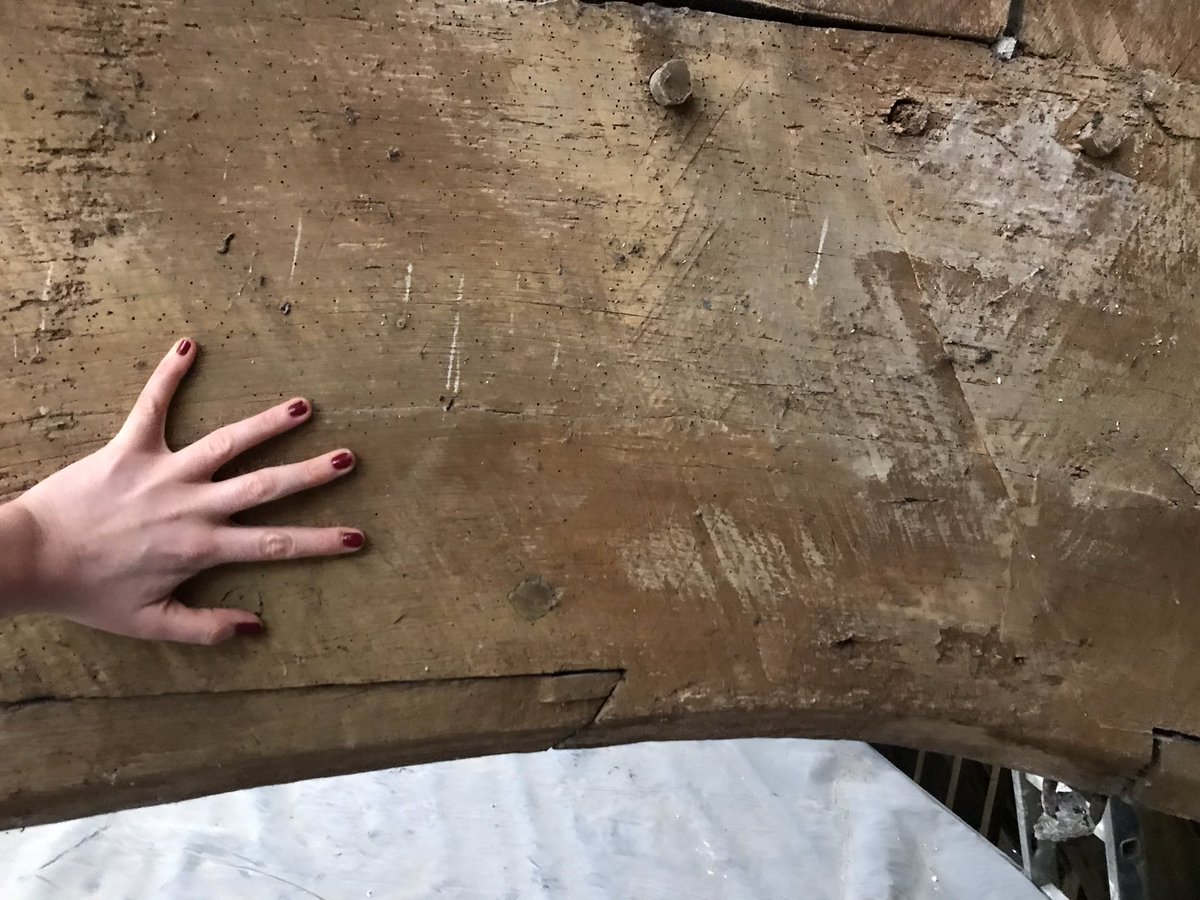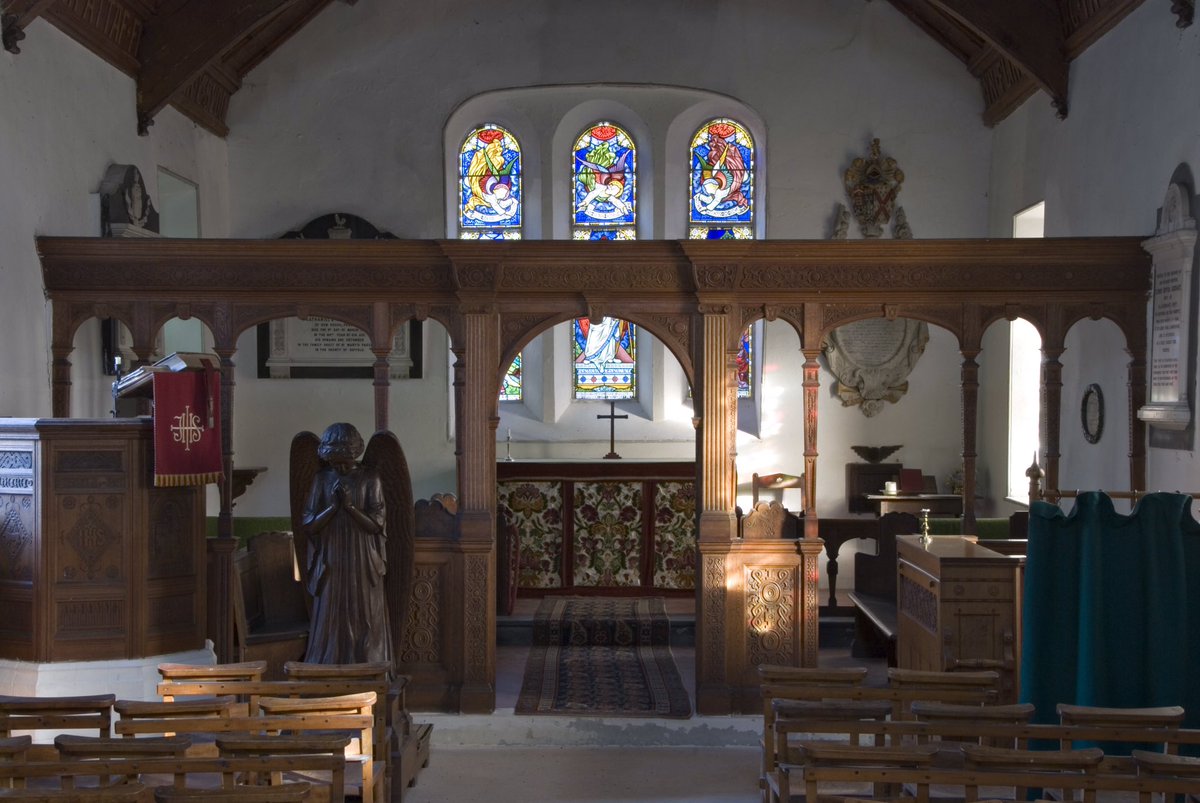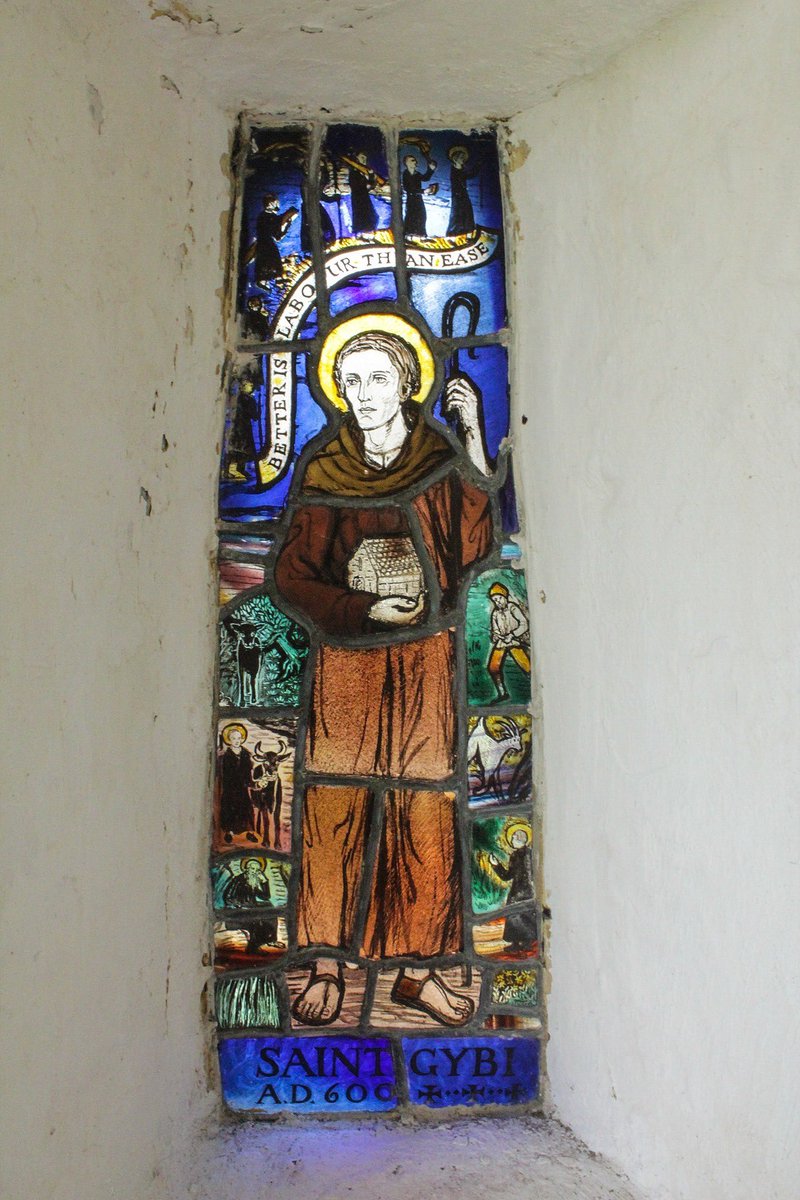
The tortoise slow combustion stove was a favourite heater for churches and chapels in the 19th century.
#thread
#thread

In 1830, ironmonger Charles Portway designed an enclosed metal stove to heat his shop in Halstead, Essex. It was so efficient and effective that his neighbours wanted one too, and Portway’s patented wood-burning and multi-fuel stoves were soon booming. 

The stoves were renowned for their energy efficiency; fuel burned so slowly that they were nicknamed 'tortoise stoves'. Portway proudly adopted the tortoise brand, embellishing his stoves with a cast-iron tortoise and a motto inspired by Aesop's beloved fable: 'SLOW BUT SURE'. 

You’ll find a slow but sure tortoise stove at St Denis's in East Hatley, Cambridgeshire 🐢
friendsoffriendlesschurches.org.uk/east-hatley/

friendsoffriendlesschurches.org.uk/east-hatley/


• • •
Missing some Tweet in this thread? You can try to
force a refresh






















